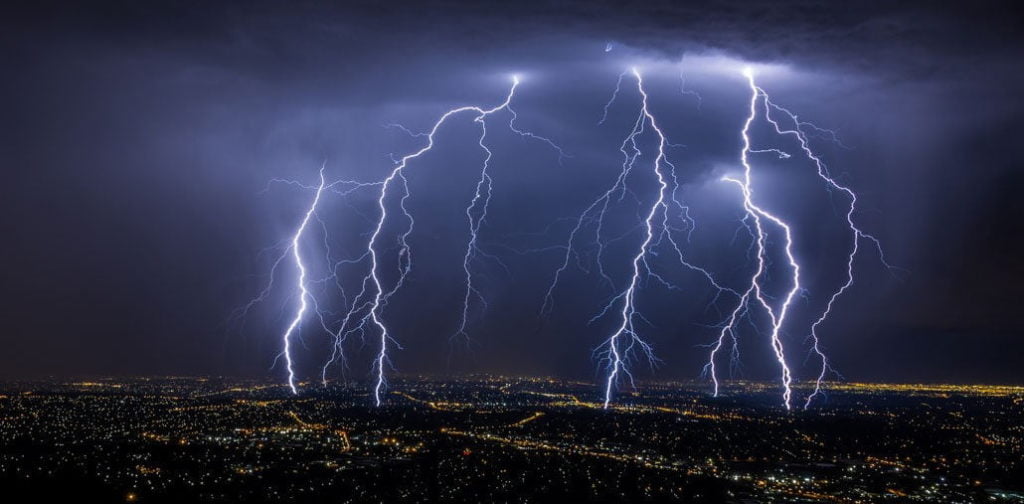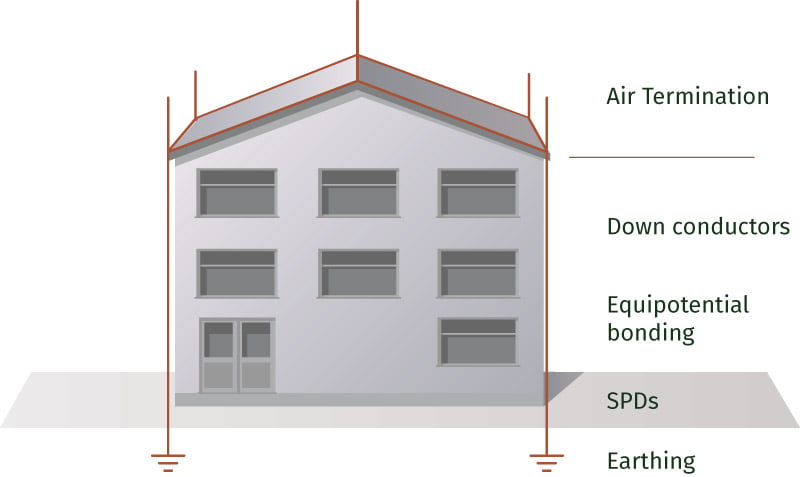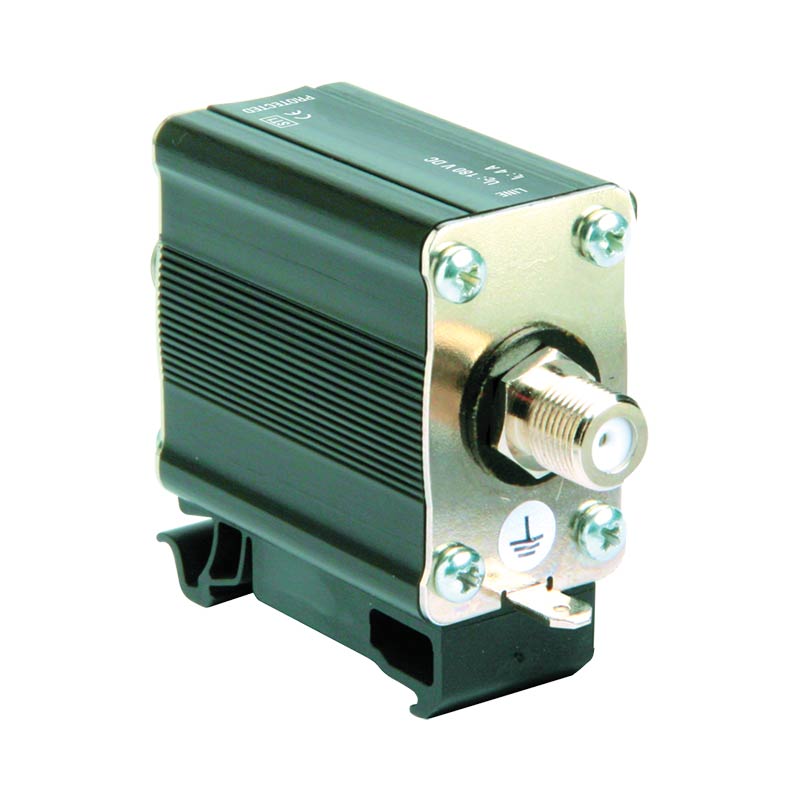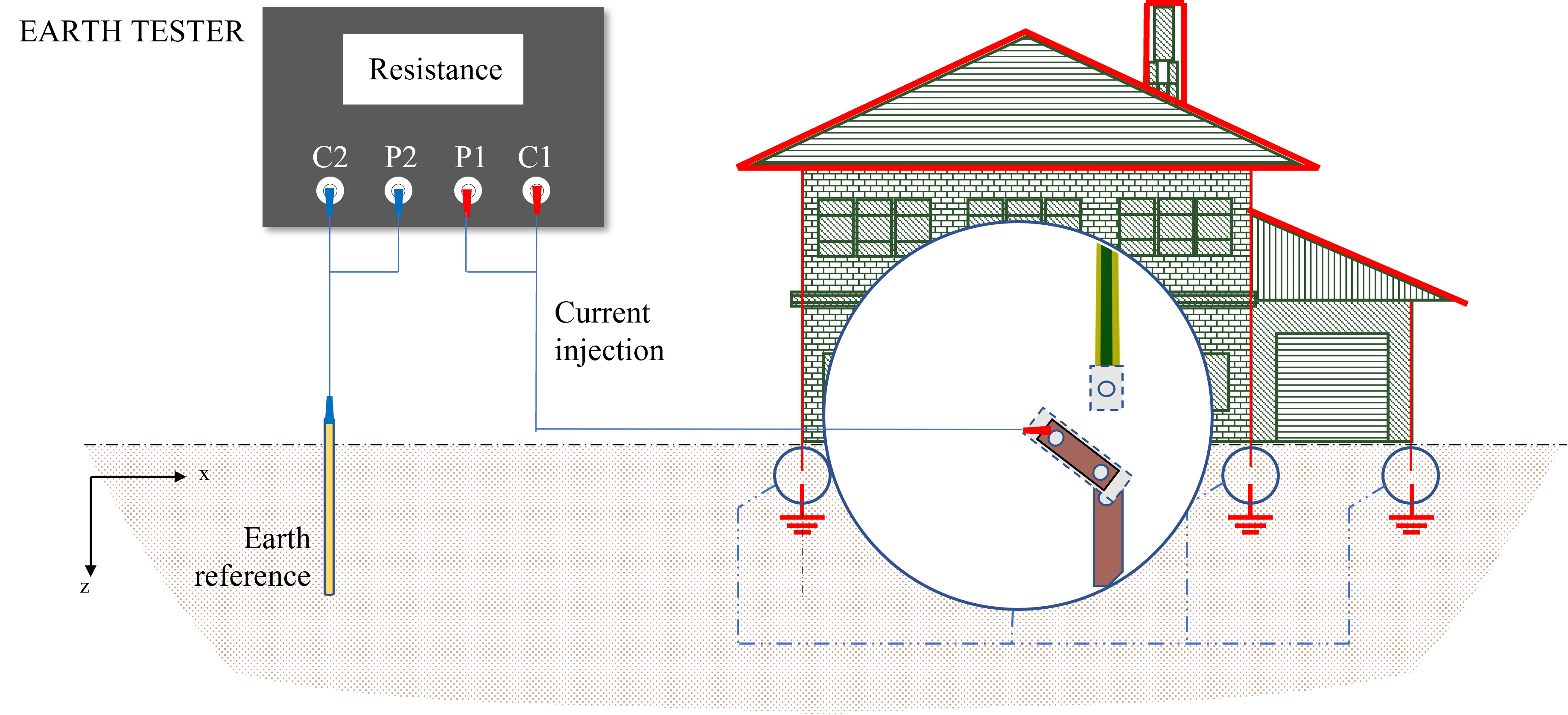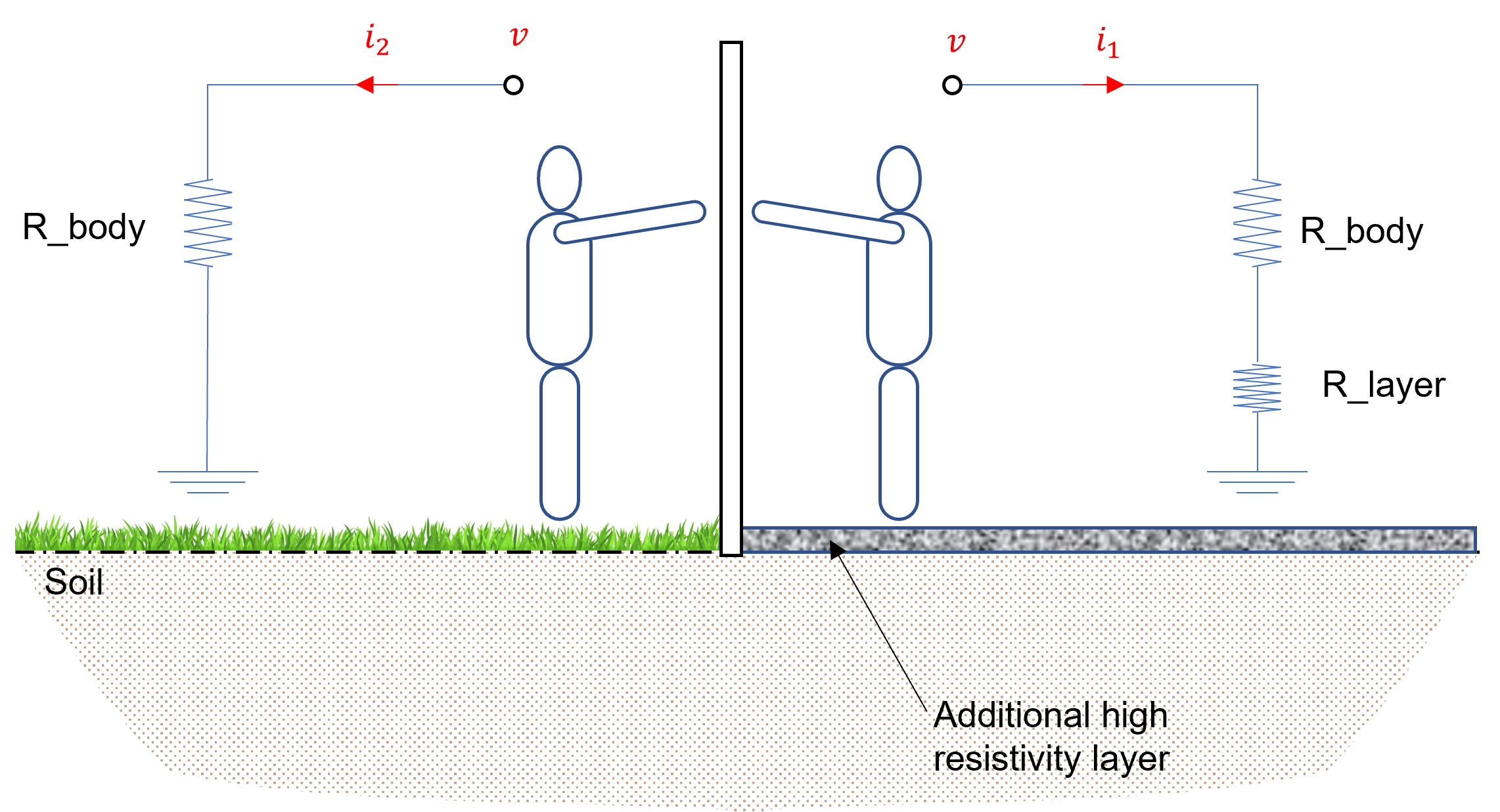Global warming is spiralling out of control. Heatwaves and fires that occur once every 50 years are taking place every decade. Lightning storms are happening regularly in the middle of Summer and more chaotically in winter. In August 2021, Greenland’s highest summit witnessed rainfall for the first time in recorded history [1]. All these signs are just the tip of the metaphorical iceberg for what’s yet to come.
On August 9, 2021, the United Nation’s Intergovernmental Panel on Climate Change (IPCC) published a major report detailing the stark reality of how we are guaranteed to face further climate disruptions for the next decades and even centuries to come [2].
The UN report [3] describes how emissions caused by human activities pushed the average global temperature by 1.1°C from its pre-industrial average. Thus, even if societies shift from fossil fuels, extreme weather will still increase due to the loss of airborne pollutants currently blocking off some of the sun’s heat.
How Climate Change Increases the Amount of Lightning
“Climate change is already affecting every region on Earth in multiple ways. The changes we experience will increase with additional warming.”
-IPCC Working Group I Co-Chair Panmao Zhai.
With global warming spiking to code red status, lightning strikes will multiply at astounding rates, increasing the severity of one of nature’s most deadly forces.
Why?
The distribution of lightning strikes across the globe is linked directly to the Earth’s climate. With CO2 levels increasing and land surfaces becoming warmer, large fluctuations in the atmosphere’s stability will result in more frequent lightning activity.
So, in a climate with twice the amount of CO2, there shall be 25% more catastrophic and extreme storms and 5% more lightning.
To put this into context, it would mean that the continental United States alone would witness an increase in lightning from the present 20 million to 30 million by 2100.

How Dangerous Lightning Will Become Over Time
The recent report by the Intergovernmental Panel on Climate Change only heightens the fact that we are at an even more critical stage seeing as climactic changes are effectively locked in due to past emissions and are irreversible for centuries to millennia to come.
The chaos detailed by these findings isn’t a futuristic scenario. It is already happening.
In India, there has been a 34% rise in Lightning strikes, ramping up from 13,800,000 strikes in 2019-2020 to 18,544,367 in 2020-2021 [5].
In 2018, the UK was struck by lightning more than 60,000 times within 24 hours.
In May 2021, more than 1,000 lightning strikes took place in New Zealand within 120 minutes.
In the Arctic, the number of lightning strikes recorded between the Summer months of 2010 and 2020 increased from 18,000 strikes at the start of the decade to more than 150,000 by 2020. In that same time frame, temperatures at latitudes above 65°N increased by an average of 0.3°C.
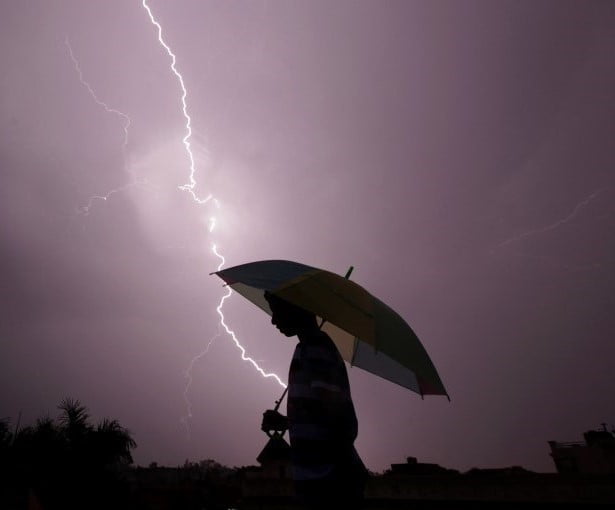
To make matters worse, increased lightning activity also directly affects the climate.
How?
Lightning produces nitrogen oxides, a potent greenhouse gas that contributes to global warming and the Earth’s downward trajectory.
The Urgency of Lightning Protection
Year after year, the planet is inevitably going to get warmer.
As a result, more deaths occur due to lightning strikes every year, while property damage is skyrocketing due to inadequate or non-existent lightning protection.
With populations across the globe moving into denser cities and higher buildings, the threat of lightning has reached a pivotal point and poses a threat far greater than ever before.
Across the world, from Malaysia to South Africa and Canada, no place is safe from the consequences of global warming.
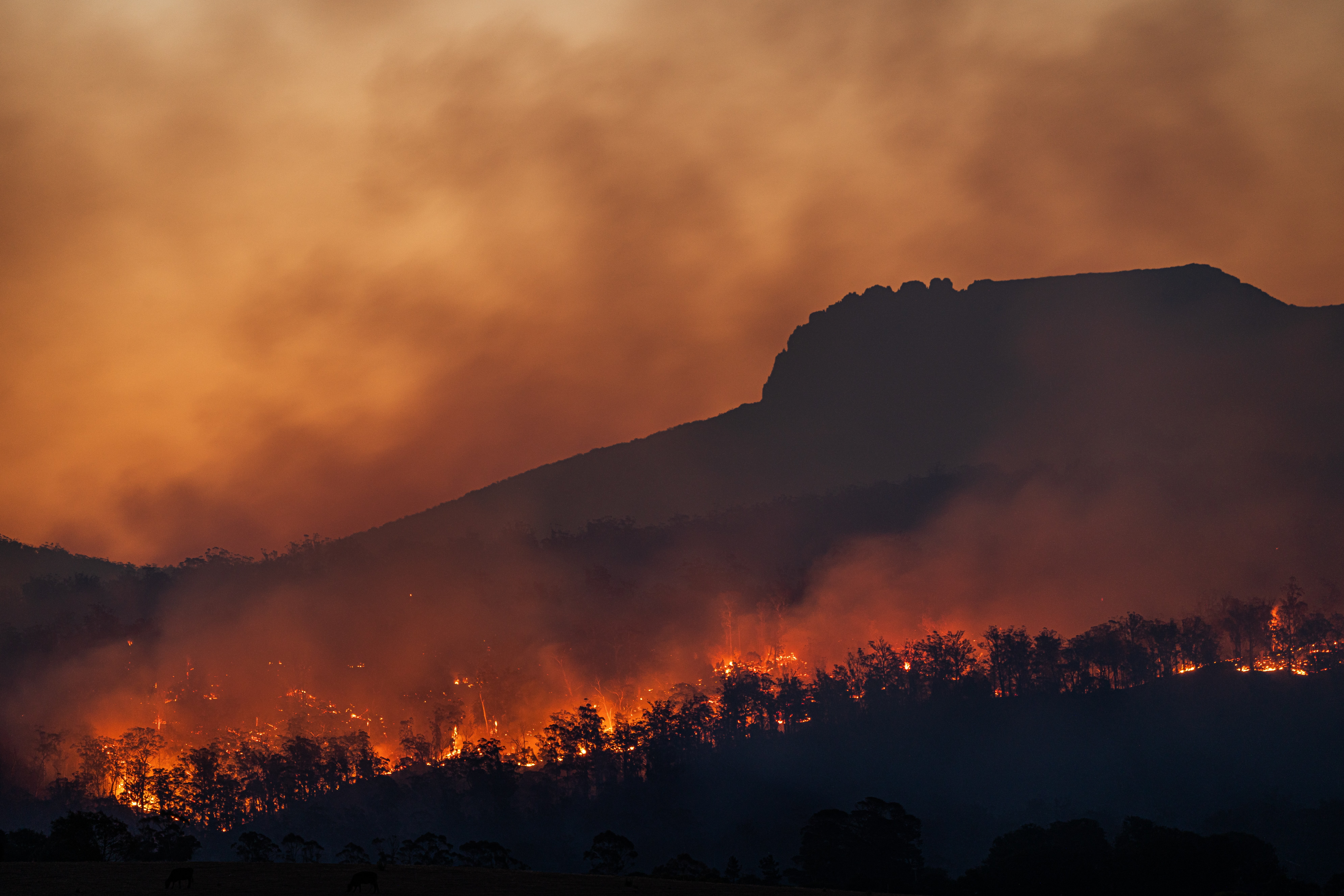
Lightning’s patterns or trajectory can’t be changed, but the solution to mitigate its effects exist. Lightning protection systems act as the only reliable and consistent way of preventing lightning damaged.
Considering that approximately 90% of thunderstorms produce lightning by the time they are within 20 km, a lightning protection system is, without a doubt, an invaluable investment in a future riddled with weather uncertainty.
In cities such as Singapore, which is already one of the world’s lightning storm capitals, and places such as Dubai, where skyscrapers dominate the skyline, the devastating effects of lightning reduce to awe-inspiring light shows due to the prevalence of lightning protection systems. However, this is not the case in most properties across the globe.

Are You Safe From Lightning Strikes?
In many cases, possibly even your own, compliance with lightning protection standards such as BS EN 62305, or even lightning protection as a whole, is ignored by contractors or property owners to save on costs.
With the globe becoming warmer, regions rarely hit by lightning will witness an uptick in lightning strikes. As a result, entire operations, communication systems, power lines, and urban areas run the risk of damages worth billions of dollars, not to mention countless deaths, insurance liabilities, and destruction that could occur due to a lightning strike.
The risks are there, and they are here to stay.
Minor cost reductions from skipping out on lightning protection will have to be re-evaluated for the long term by companies, contractors, and even average individuals to protect themselves from the incoming threats of increased lightning.
In the modern age, just as with a fire protection system, a lightning protection system is an essential long-term countermeasure that costs a fraction of what repairing the damage it prevents would cost.
Ask yourself, after reading this, what’s preventing a sudden lightning strike from frying your entire array of electronic devices connected to the power supply? What will stop a split-second lightning strike from burning down your property and cause fatalities?
Chances are, you don’t know or aren’t sure of the extent of lightning protection that you have. In such a scenario, it’s time to be one step ahead and choose the right equipment to protect everything you own, and most importantly, those you love.
How to Protect Yourself From Lightning
We often hear people say that there’s a one in a million chance to get hit by lightning, but the reality is, lightning is unpredictable and can strike anywhere at any given time, now more than ever.
At Kingsmill Industries, we prioritize safety and reliability before all else, ensuring that you can have some peace of mind and enjoy staying indoors without worries during a storm no matter what.
In the uncertain times ahead of us, our range of lightning protection systems and components designed as per BS EN 62305 lightning protection standards stand as a reliable defence against lightning that ensures personal, property, and asset safety.
Keep yourself on the safe side and ensure that you are not at risk by incorporating our comprehensive range of solutions that include:
Need Lightning Protection Advice?
Kingsmill Industries has been in the business of mitigating lightning strikes through tried and tested lightning protection systems for decades.
As the trusted supplier of reliable equipment, we are committed to providing you with the best, most comprehensive standard-compliant systems. Check out our guides to properly understand how to protect yourself and our range of equipment to fit your needs.
Don’t leave your chances to luck; get in touch with us today to help you make sure your building is ready if lightning strikes.
Feel free to contact us anytime at:
+ 44 1773 510001
[email protected]
[1] Rain fell at the normally snowy summit of Greenland for the first time on record
By Rachel Ramirez, CNN
[2] Climate change widespread, rapid, and intensifying – IPCC
[3] AR6 Climate Change 2021:
The Physical Science Basis – IPCC
[4] Projected increase in lightning strikes in the United States due to global warming
DAVID M. ROMPS JACOB T. SEELEYDAVID VOLLAROAND JOHN MOLINARI
[5] ANNUAL LIGHTNING REPORT 2020-2021 lightning resilient India 2019-2022

